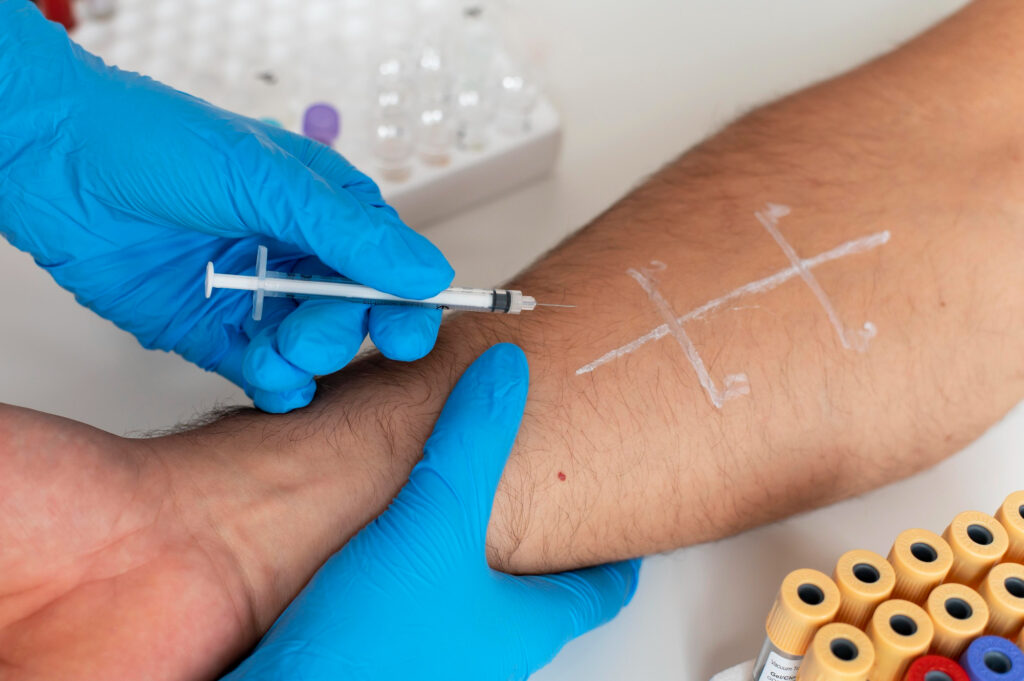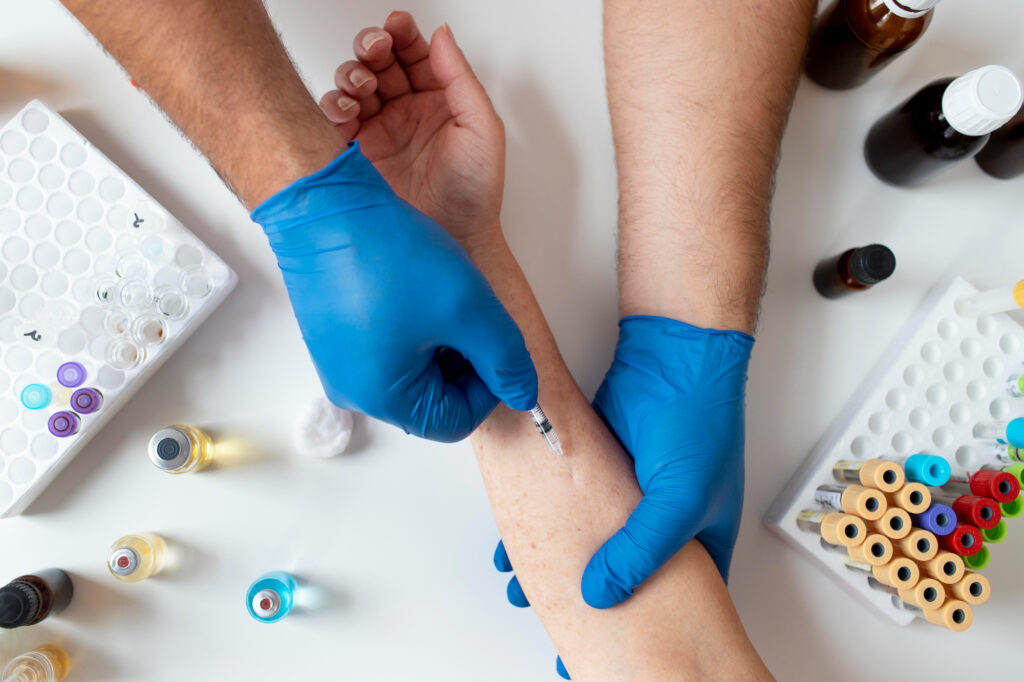
Reticular veins, often referred to as “feeder veins,” are small to medium-sized blue or green veins that lie beneath the surface of the skin. Though not as prominent as varicose veins, reticular veins can still cause discomfort and may be a cosmetic concern for many individuals. Fortunately, advancements in vein treatment provide several options to manage and reduce the appearance of reticular veins effectively. In this article, we will explore what reticular veins are, the symptoms they may cause, and the available comprehensive care options, including sclerotherapy, one of the most effective treatments for these types of veins.
What Are Reticular Veins?
Reticular veins are dilated veins, typically 1-3 mm in diameter, that often appear in clusters under the surface of the skin. They are usually blue or green in color and are most commonly found on the legs and thighs, but they can also appear on other parts of the body, such as the face or arms. Unlike varicose veins, reticular veins do not bulge above the skin’s surface, but they can still be visible and may be associated with discomfort or itching.
While reticular veins are often considered a cosmetic issue, they can serve as feeder veins for spider veins and may worsen over time if left untreated. Addressing reticular veins early is important not only for aesthetic reasons but also for improving vein health and preventing more serious vein issues in the future.
Symptoms of Reticular Veins
Though many people with reticular veins experience no symptoms beyond cosmetic concerns, others may develop discomfort, including:
- Itching: A common symptom that can become bothersome, particularly around the veins.
- Aching or Burning Sensation: Reticular veins may cause mild to moderate pain, especially after standing for long periods.
- Swelling: Some individuals experience swelling around the affected area.
- Tenderness: The area around the veins can become sensitive to the touch.
If you experience any of these symptoms, it is important to seek a consultation with a vein specialist (angiologist) to determine the best course of treatment.
Treatment Options for Reticular Veins
Several effective vein treatment options are available to reduce the appearance and symptoms of reticular veins. The choice of treatment depends on the severity of the condition and the patient’s preferences. Below are the most common methods for treating reticular veins:
-
Sclerotherapy
Sclerotherapy is one of the most effective and widely used treatments for reticular veins. This minimally invasive procedure involves injecting a solution directly into the affected veins, causing the vein walls to collapse and the vein to eventually be absorbed by the body. The collapsed veins fade over time, reducing their visibility and alleviating any associated discomfort.

Sclerotherapy is an outpatient procedure that typically takes less than 30 minutes to complete. Most patients see a significant improvement after just one or two sessions, although larger or more stubborn veins may require additional treatments. One of the advantages of sclerotherapy is its minimal downtime, allowing patients to return to normal activities soon after the procedure.
-
Laser Treatment
For individuals who prefer a non-invasive approach, laser treatment can be an effective option for managing reticular veins. This treatment uses high-energy light to target the affected veins without the need for injections. The laser’s heat causes the veins to coagulate and eventually disappear as the body reabsorbs them.
Laser treatment is particularly effective for smaller veins and is ideal for individuals who may not tolerate sclerotherapy. However, multiple sessions may be required to achieve the desired results, and mild discomfort or redness may occur following the procedure.
-
Radiofrequency Ablation (RFA)
In cases where reticular veins are larger or cause more discomfort, radiofrequency ablation (RFA) may be recommended. This procedure uses radiofrequency energy to heat and close off the problematic veins, allowing blood to reroute through healthier veins. Like sclerotherapy, RFA is minimally invasive and performed on an outpatient basis. It is especially effective for veins that may lead to more significant issues if left untreated.
RFA is a safe and effective option for those who require a more advanced treatment for their reticular veins, and it typically involves minimal recovery time.
-
Compression Therapy
For individuals with mild reticular veins or those seeking to manage symptoms, compression stockings may be recommended. These specially designed stockings apply gentle pressure to the legs, promoting better circulation and reducing the appearance of veins. While compression stockings do not eliminate reticular veins, they can help manage symptoms such as swelling, discomfort, and itching, especially when combined with other treatments.
Preventing Reticular Veins
In addition to seeking treatment for existing reticular veins, there are several steps individuals can take to prevent new veins from forming. These include:
- Staying Active: Regular physical activity, such as walking or cycling, promotes good circulation and can help prevent the development of new veins.
- Maintaining a Healthy Weight: Excess weight places added pressure on the veins, increasing the likelihood of developing vein problems.
- Elevating Your Legs: Periodically elevating the legs above the heart can help reduce the pooling of blood and improve circulation.
Reticular veins may not cause the same level of concern as larger varicose veins, but they can still be a source of discomfort and aesthetic worry. Fortunately, several vein treatment options are available, from minimally invasive procedures like sclerotherapy to non-invasive treatments such as laser therapy. By consulting with a vein specialist, you can determine the best course of action for improving the appearance of reticular veins and maintaining overall vein health.
If you’re ready to explore treatment options for reticular veins, schedule a consultation with a specialist to discuss the best solution for your needs.

